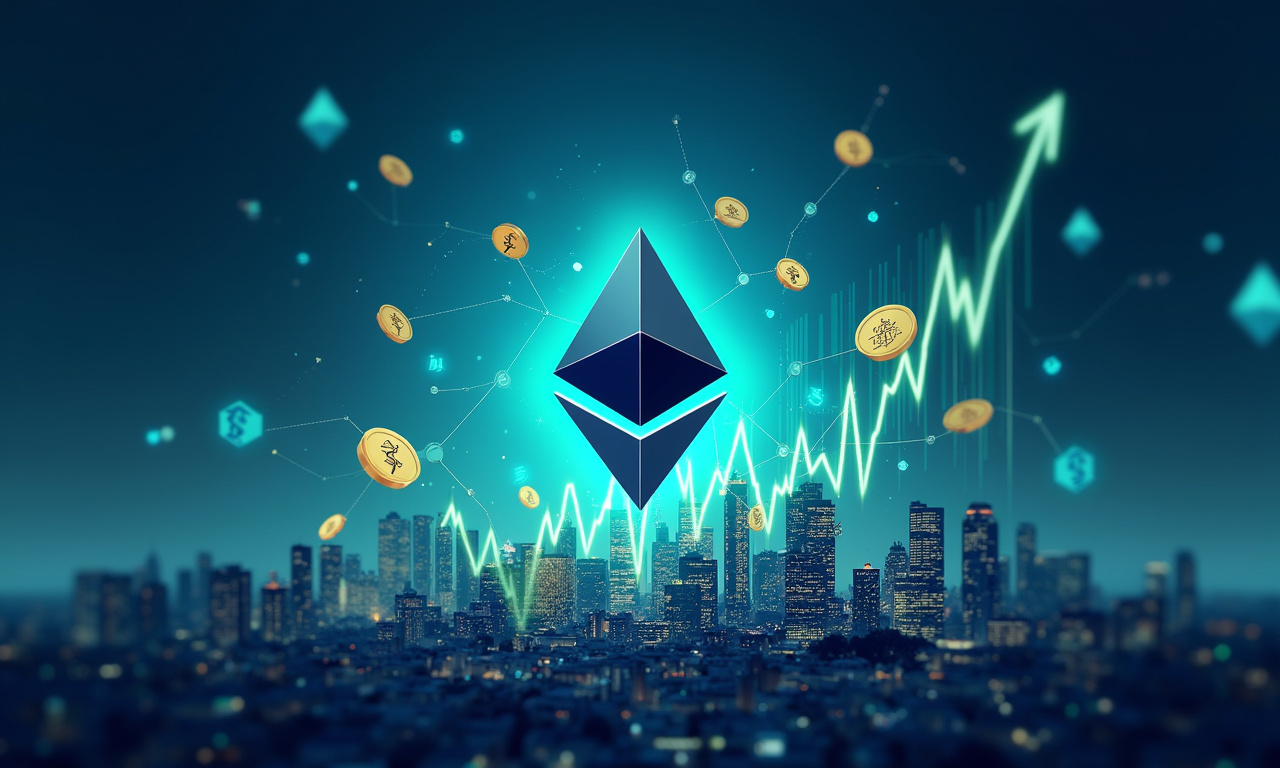
The party's getting expensive, folks. A Bitcoin price of $70,000 again would be the miners’ wildest dream. Scratch the surface, and you’ll find that an alarming perfect storm is brewing beneath. A historic wave that would leave millions of Americans drowning in student debt and disillusionment. Don’t get played by the headlines, friends. This is not a sure thing gold rush.
Rising Costs, Sinking Profitability?
Everyone talks about electricity. That's Mining 101. But let’s get real, the true cost of mining goes much deeper. Think about it. And you’ve got the ASICs – and those aren’t getting cheaper. High-end models can cost a mint – and their payback time? We're talking years. And what do you think might happen when the next generation of miners hits the market? Your spiffy new noncompliant rig turns into a very costly paperweight.
Then there's the hidden costs. Maintenance. Cooling those power-hungry machines. Security, to help ensure you’re protected against theft or hacking and that your investment is secure. Regulatory compliance. Oh, and let’s not even talk about the cost of retrofitting and new infrastructure. It all adds up. Terawulf paying $0.081/kWh? Now, that’s your canary in the coal mine, folks. Their fleet hashcost went up 25%. Is your operation prepared to take that sort of blow?
The bottom line? And that $70,000+ estimated production cost is a red flag. Transaction fees are down. Hashrate and difficulty are through the roof. It’s a pressure cooker, and not everybody’s going to make it.
Hashrate Growth's Dark Side Emerges
The Bitcoin network's hashrate is a monster. A 913.54 EH/s, record-breaking monster. Sounds impressive, right? It's like a digital arms race. What are the unintended consequences?
For one, it’s pushing out the small operator. The solo miner in their garage? Forget about it. If you’re a smallish mining operation it’s even more difficult—marble’s hammering down on you, as well as behemoths like MARA, CleanSpark, and Riot Platforms. These huge corporations are rapidly monopolizing the market.
Is that really how Bitcoin was intended to work? A system that all too often seems dominated by a few large companies? Ultimately, it goes against the core tenets of decentralization and resilience that originally drew people to Bitcoin.
Then there's the ethical elephant in the room: energy consumption. All that hashing power needs to consume a tremendous amount of electricity. However, notwithstanding anecdotal evidence that some miners are going green, many more are contributing to the fossil fuel supply chain. Are we truly prepared to trade our environment for Bitcoin mining earnings? That’s a question we should all be asking ourselves.
Mining Stocks' False Promises?
Bitcoin prices increase, mining stocks prices increase, you get the picture. Wrong. This decoupling of mining equities from the price of Bitcoin itself is perhaps the most impactful trend that too many investors don’t realize is happening. Bitcoin has more room to climb. A mining company that is poorly managed, inefficient or heavily indebted can see its stock sink like a rock.
Look at the varying performance. IREN, CORZ, and BTBD are doing well. Canaan and Bitfarms? Not so much. What's the difference? Business models. So the really good part is that investors are finally waking up and realizing that mining isn’t just about “number go up.” It’s about operational efficiency, risk management, and sustainable practices.
Don't blindly chase Bitcoin's price. Do your homework. Know the real business behind the mining companies you’re investing in. Otherwise, you're just gambling.
Regulatory Storms Are Coming
Governments don't like things they can't control. And Bitcoin mining? It's a big target. We get it—the regulatory landscape is a minefield, and it’s getting more explosive by the day.
Stricter environmental regulations are inevitable. Editorially, we conclude that governments are increasingly likely to try and rein in energy use and carbon emissions. Miners unable to change with the times will become obsolete.
What about moratoriums and total bans on proof-of-work mining? It's not out of the question. A number of countries have recently gone beyond in that direction. The uncertainty is crippling.
This isn't just about domestic regulations, either. International policies matter too. What if China goes on another crackdown spree? Or if the EU imposes harsh restrictions? While global regulatory environment is an ever-present danger.
Innovate or Evaporate: A Miner's Choice
Okay, it's not all doom and gloom. There’s room for innovation to be found within the mining industry. More efficient ASICs, better cooling technologies, and increased use of renewable energy sources can help miners stay competitive and reduce their environmental impact.
Innovation isn't enough. Miners need to embrace risk management. They have to diversify their operations, hedge against price volatility, get ahead of regulation. It’s more than that — it’s about the idea of a plan B, C, D…
Today, the Bitcoin mining industry stands at a historic crossroads. The $70,000 cliff is a real threat. Those who do not heed what is too risky will be caught in the tide. Those willing to invest, disrupt, and take risks in creative ways? They might just survive.

Tran Quoc Duy
Blockchain Editor
Tran Quoc Duy offers centrist, well-grounded blockchain analysis, focusing on practical risks and utility in cryptocurrency domains. His analytical depth and subtle humor bring a thoughtful, measured voice to staking and mining topics. In his spare time, he enjoys landscape painting and classic science fiction novels.








